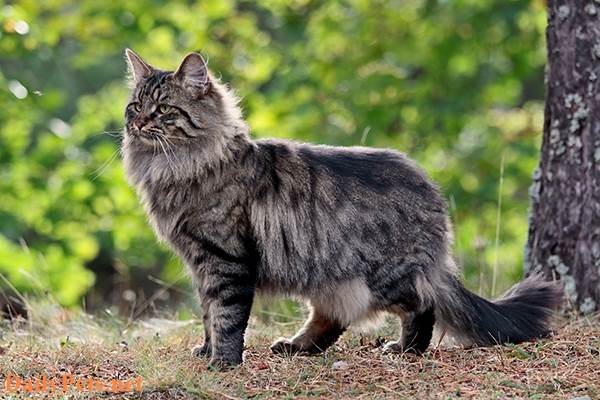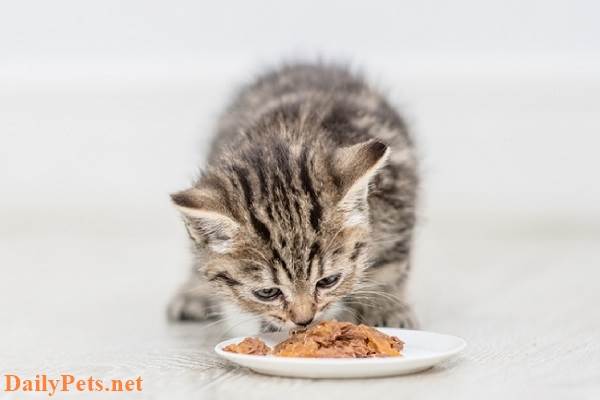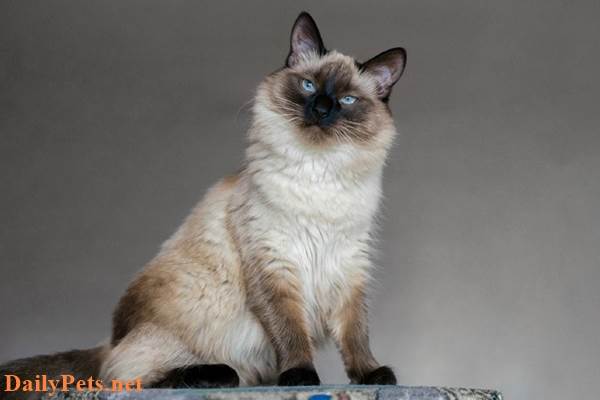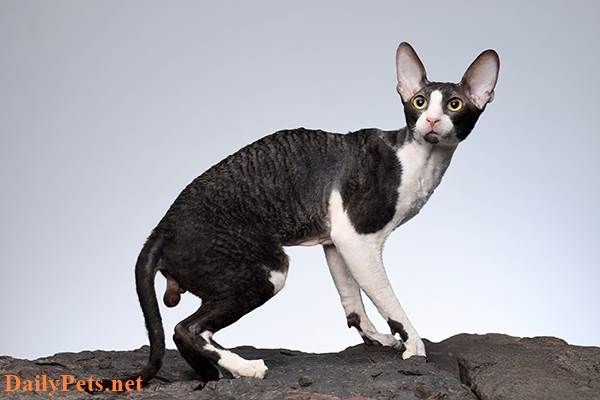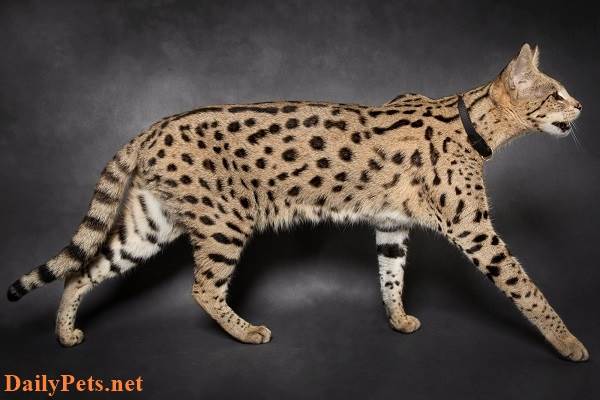What’s so special about Turkish Van cats? What are the origin, characteristics, and care of Turkish Van cats? Join DailyPets.net to find out more details through this article.
The Origin and History of the Turkish Van Cat
The Turkish Van is an old native breed of cat of Türkiye. The cat’s name is named after where they live in the Lake Van area in the Armenian Highlands, Türkiye.
The Turkish Van cat breed is estimated to have appeared 5,000 years ago. Because in archaeological artifacts such as jewelry, decoration, drawings,… It is seen that there are many sculptures of a long-haired cat resembling Van on it.
According to conjecture, it is thought that the Turkish Van Cat followed soldiers, merchants, etc., to Europe during expeditions or invasions from 1095 to 1272 AD.
It was not until 1955 that they were bred and developed by two photographers, Laura Lushington and Sonia Halliday.
In 1969, the Cat Fancy recognized Lushington’s contributions to the development of the breed. Since the 1970s, the Van has been officially recognized by many cat associations.
They were officially recognized as Turkish Van in 1979 in the UK for the purpose of clearly distinguishing them from the Turkish Angora breed.
Appearance characteristics of the Turkish Van cat
The Turkish Van Cat has a relatively large body size. In adulthood, males can weigh 5 to 10 kg and females from 4 to 7 kg. The complete development of a cat will take about 3-5 years.
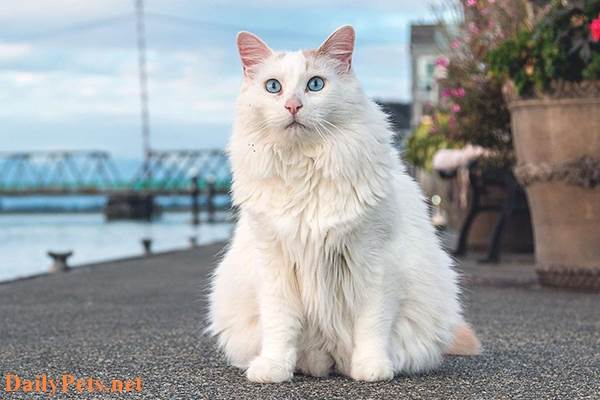
Turkish Van cat.
Their long, slender legs help them to move quickly and easily, even on uneven terrain. The ears of cats are relatively large, and from an early age, the Turkish Van’s ears have also surpassed many other cat breeds.
The coat of the Turkish Van cat is relatively long and has only 1 layer, so the overall coat will not be as shiny and beautiful as many other cat breeds.
The coat color of the Van Turkish cat is mainly white; spots are acceptable at a rate of no more than 20% of the entire body. Usually, the spotted feathers will be on the head & tail. The spotted coat color of cats is usually red, black, blue, cream, brown, etc. In addition, Van cats with completely white fur are now called Turkish Vankedisi.
The fur of Turkish Van kittens is very short at birth and will grow longer in about 3-5 years. Therefore, many people will be mistakenly thinking that they are short-haired cats. More specifically, the cat’s fur is less absorbent, so if it accidentally gets into the water, the fur will dry very quickly. However, that means bathing the cat also becomes more difficult.
It is true that the term Van cat correctly refers to all cats that carry the Van Pattern.
According to the description, the Van color model will have at least 80% white body hair; the rest will be blobs located on the head & tail.
The Turkish Van cat breed has the same characteristics and originated in Lake Van, so people sometimes attach the term Van cat to them. This is also the point to distinguish between Turkish Van and Turkish Angora cats (Turkish Angora cats are mainly monochromatic).
Turkish Van Cat Personality Traits
The personality of the Turkish cat is very active, enthusiastic, and playful, and at the same time, they appear to be whiny, requiring great attention from the owner.
Therefore, if you have decided to keep them as pets, you should spend a lot of time playing, petting, cuddling, and pampering them.
Because of its origin from cats living near Lake Van, Turkish Van cats do not seem afraid of water like other cats. Many people even said they often see them playing in the sink, bathroom, or puddles.
Despite being so friendly with humans, the Turkish Van cat’s personality can become particularly aggressive when strangers approach or try to pet them. Therefore, owners need to pay special attention to this when guests and friends come to their house to avoid getting hurt by the cat’s claws.
How to take care of a Turkish Van cat
Turkish Van cat food
The Turkish Van cat is not a cat that is too difficult or fussy about eating. You need to provide them with adequate nutrients and a reasonable diet.
If you are too busy, you can feed your Turkish Van cat with ready-to-eat food, but pay attention to buying branded food at reputable addresses. At the same time, know the ingredients in the food and the expiration date to ensure the safety of the cat’s health.
Or, if you are not too busy, you should make food for them yourself; depending on the age, size, and weight of the cat you are raising, the diet will be processed to be the most suitable. It is best to provide them with foods rich in vitamins and minerals.
Hair Care for Turkish Van cat
Like many other longhaired cat breeds, the Turkish Van cat needs a little hard work from the owner to help them get the best coat.
You need a little time to brush them. Regular brushing will make your cat’s coat smoother and remove excess hair, preventing cat hair from falling all over the house and cat vomiting caused by swallowed hairballs.
Because the Turkish Van cat’s coat is not waterproof, bathing the cat will be a bit difficult, but you should still bathe them every 2-3 weeks to avoid odors and diseases that may arise.
Common Turkish Van cat health problems
The Turkish Van Cat is a breed of cat with quite good physical strength, so it is also very rarely infected with common minor diseases. They only often have dental and skin diseases such as cat fungus and are prone to obesity. Therefore, you need to design a reasonable menu for the children.
You should be vaccinated and dewormed fully on a regular basis. Routine vet check-ups for your pet cat every 6 or 12 months. Turkish Van cats should only be purchased at reputable addresses, without genetic problems, brought home when they are over 2 months old, and vaccinated with 2 full doses of vaccines. If there is no need to breed and raise kittens, it is recommended that cats be neutered from 5 months of age to help them live longer.
Turkish Van Cat price
The Turkish Van cat is one of the rare breeds of cats. You can buy a Turkish Van kitten in the US for between $800 and $1500. The price of a Turkish Van cat will depend on the country of origin, breeding place, body proportions, color, etc.
In general, the price of the Turkish Van cat is relatively high, ranging from $1000 to $2000 depending on the pedigree, health, purebred level, cuteness, etc… of each cat.
